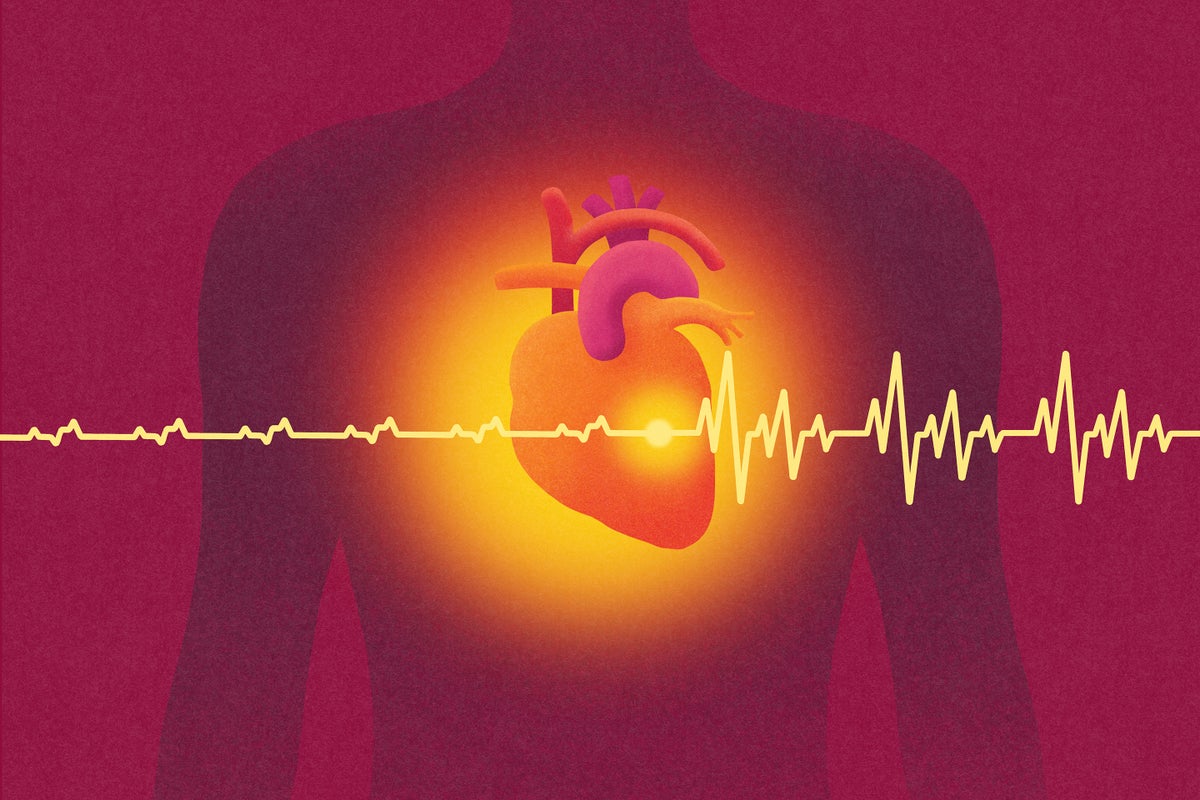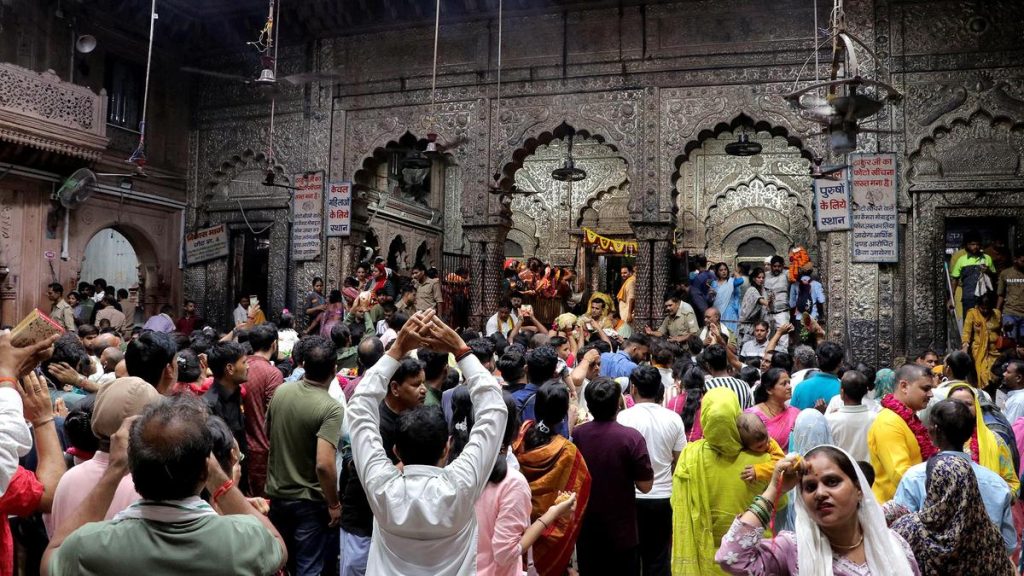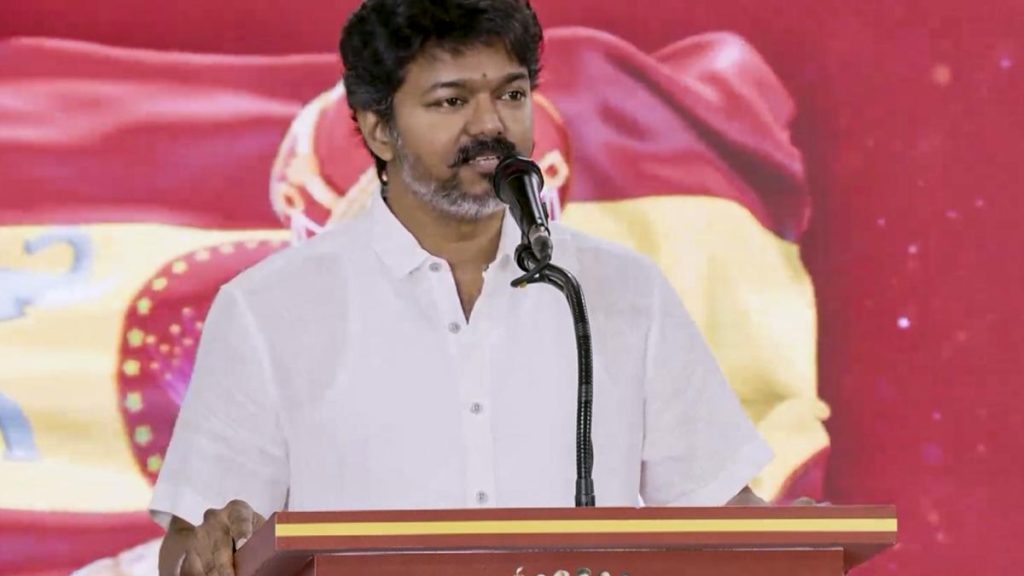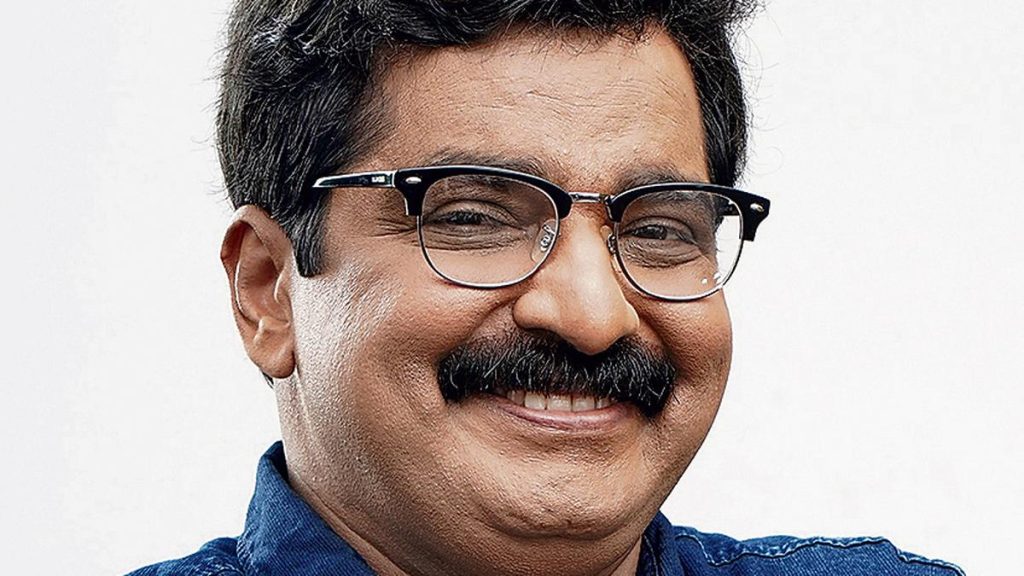Now Reading: Innovative Light-Powered Pacemaker Dissolves After Use
-
01
Innovative Light-Powered Pacemaker Dissolves After Use
Innovative Light-Powered Pacemaker Dissolves After Use

Swift Summary
- A new temporary pacemaker, smaller than a grain of rice, has been developed to regulate heartbeats more safely and less invasively.
- The device can be injected via needle, eliminates the need for surgical removal after use, and dissolves naturally in the body.
- It operates without external batteries. Instead, its electrodes act as a galvanic cell powered by body fluids’ electrolytes.
- The pacemaker features near-infrared light control paired with a patch on the skin that monitors heart rate and triggers pacing when irregularities occur.
- Operational time ranges from days to up to three weeks depending on electrode materials used; it dissolves after completing its function.
- Researchers envision multiple synchronized devices at different locations in the heart due to extreme miniaturization advances.
- Future applications may include integration with medical implants like replacement valves that currently lack cardiac control mechanisms.
Indian Opinion Analysis
This innovation could have significant implications for healthcare globally, especially in regions like India where access to advanced cardiac care can be limited. By minimizing procedural risks and eliminating surgical removal complications-such as those faced by Neil Armstrong-it offers safer options for patients requiring temporary heart rhythm corrections post-surgery or during emergencies.
Its minimally invasive nature also makes it suitable for diverse patient populations-including newborns-potentially reducing hospital stays and associated costs.However,challenges remain regarding materials selection to ensure safe degradation without triggering immune reactions. Clinical trials will determine its feasibility and eventual adoption into human healthcare systems.
For India’s medical infrastructure, which is striving toward affordable yet cutting-edge solutions amid growing cardiovascular disease rates nationwide, this technology represents promise but will require FDA approvals before local adaptation becomes possible.
























